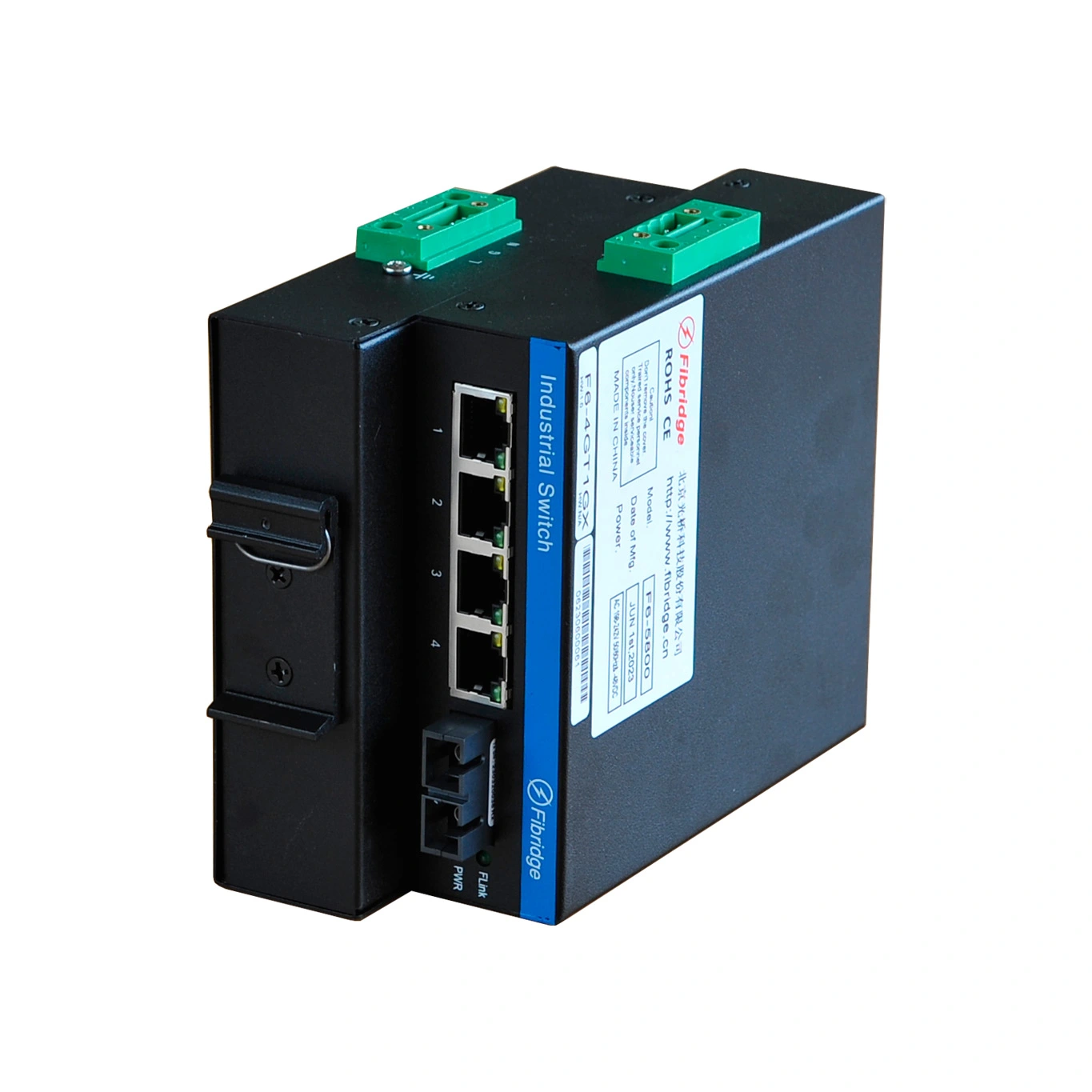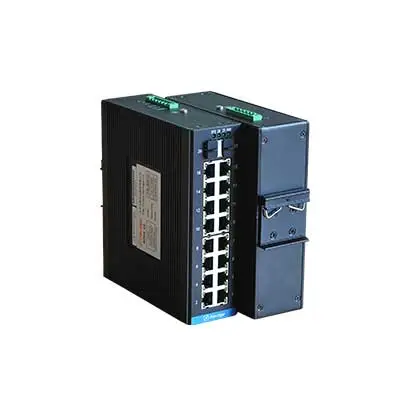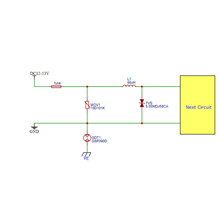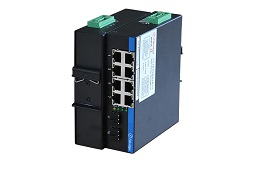With corresponding network management software, Fibridge DIN-RAIL L2 L3 Managed Industrial Switch can realize management functions such as Port Status Query, port configuration, configuration download, upload, system log and alarm record display. The series can be built-in network management module, providing Console and Ethernet two kinds of management interface, can support Console, WEB, Telnet and SNMP and other network management methods. Built-in power module, the product provides 220V AC input or 12V DC input for options. Poe+ function is optional. The device operates at a temperature of -30℃~+70℃ Range and a humidity of %10~%90 (No condensation).

Support SNMP, Telnet, Web and CLI Management Methods;
Support to query and configure the status of each port, including connection status, rate, duplex, closed, Port Mirroring, storm control;
Support flow control;
Support IPv4/IPv6;
Support IGMPv1/2/3 and MLDv1/2 Snooping;
Support registration of GMRP protocol;
Support ACL;
Support SSH V1/V2/HTTPS;
Support ROMN;
Support security access control, support RADIUS/TRCACS;
Support STP/RSTP/MSTP/EAPS/ERPS;
Support Poe+ function;
With powerful historical warning information and log information query and management functions;
Support overload protection;
Anti-link protection is supported.
L2 (Layer 2) switches operate at the Data Link layer of the OSI model and primarily handle MAC addresses to forward data within the same network segment. They are used for creating VLANs and basic network segmentation. L3 (Layer 3) switches, on the other hand, operate at the Network layer and can perform routing functions, handling IP addresses to route traffic between different network segments or subnets. This makes L3 switches suitable for more complex network environments requiring inter-VLAN routing and advanced traffic management.

Beijing Fibridge Co., Ltd.



